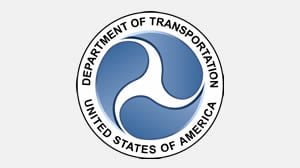RSS feed source: US Energy Information Administration
In-brief analysis
July 22, 2025
The United States exported more crude oil to Nigeria than it received from Nigeria for the first time in February and March 2025. During this period, refinery maintenance on the U.S. East Coast drove down U.S. demand for crude oil imports, including imports from Nigeria, and the relatively new Dangote refinery in Nigeria drove up Nigeria’s demand for inputs, including crude oil it imported from the United States. This marks the first time that the United States was a net crude oil exporter to Nigeria, and structural changes to crude oil trade between the countries suggest this dynamic could occur more frequently.
In January 2024, the Dangote refinery in Nigeria began processing crude oil, and in the following month Nigeria imported crude oil from the United States. Nigeria is more commonly considered
Click this link to continue reading the article on the source website.


